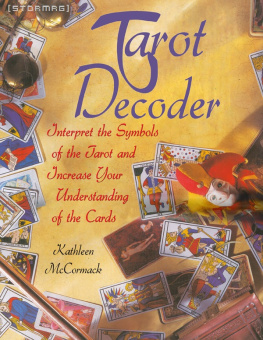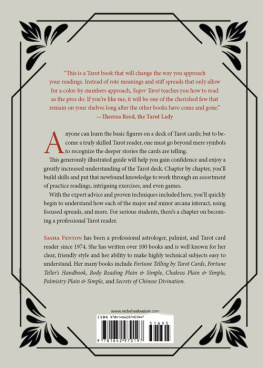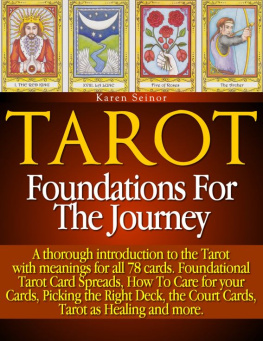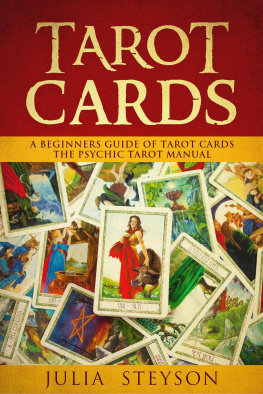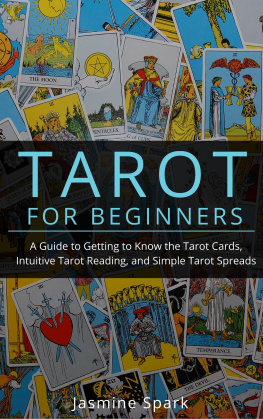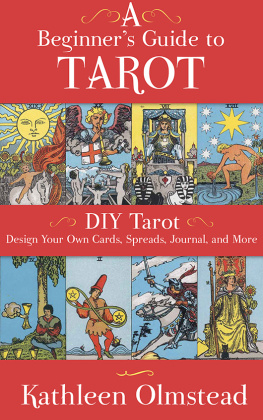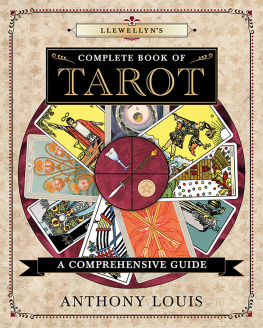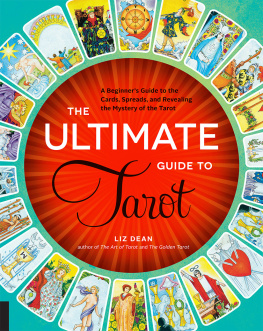
Copyright 1998 Quarto Inc.
This edition printed 2014 by Skyhorse Publishing, Inc.
All Rights Reserved. No part of this book may be reproduced in any manner without the express written consent of the publisher, except in the case of brief excerpts in critical reviews or articles. All inquiries should be addressed to Skyhorse Publishing, 307 West 36th Street, 11th Floor, New York, NY 10018.
Skyhorse Publishing books may be purchased in bulk at special discounts for sales promotion, corporate gifts, fund-raising, or educational purposes. Special editions can also be created to specifications. For details, contact the Special Sales Department, Skyhorse Publishing, 307 West 36th Street, 11th Floor, New York, NY 10018 or .
Skyhorse and Skyhorse Publishing are registered trademarks of Skyhorse Publishing, Inc. ,
a Delaware corporation.
This book produced by Quantum Publishing Ltd,
6 Blundell Street, London N7 9BH.
www.skyhorsepublishing.com
10 9 8 7 6 5 4 3 2 1
Library of Congress Cataloging-in-Publication Data is available on file.
ISBN: 978-1-62873-667-0
Printed in China





CONTENTS




Introduction
Many people have intuitive experiences but only a few develop their psychic sense. Some ignore the experiences, because they are afraid, or believe them to be evil; others consider intuition irrational. Experiments to test for psychic abilities began in the 1930s at Duke University, North Carolina. These tests showed that there are people with the ability to see into the future, or into the past, and many of the individuals studied possessed a telepathic sense. The term E.S.P. (extra-sensory perception) was established to cover a range of psychic abilities, including telepathy, clairvoyance, recognition, and psychokinesis.
The Tarot has served scholars and seers for centuries as a stimulus to their intuitive powers and an aid to divining the future. Make the cards the focus of daily meditation by concentrating on their mythical symbolism and its hidden meanings. When you still the conscious mind in this way, you allow the supraconscious to come into play. This helps you to make the best use of your psychic ability. And the first person to look at is yourself. In order to grow spiritually, we need to love and accept ourselves. Only then can we genuinely accept and understand other people. The power of the Tarot carries with it the great responsibility of using the cards constructively, to find the right path in life, so always conduct readings with great sensitivity and care for others' feelings.
There are many different Tarot decks available to buy, and there is no right or wrong deck to use - it is really a matter of personal preference. It has never been easy to memorize the meanings of such a large number of cards, and because it is vital never to make up an interpretation, in the past psychics would often write the meanings on the cards. Nowadays many people type or write them on labels and paste them to the back of the cards I highly recommend this practice, particularly for those who are new to the Tarot.

The History
of
The Tarot

The early history of the 78 Tarot cards is shrouded in mystery and speculation. Some believe that they derived from the sacred books of ancient Egypt. Others that they originated in India or China, and were brought to Europe by gypsies. Some think that they were invented by a group of medieval cabalists. Influences as varied as the Greek mystery religions, Gnosticism, Neoplatonism, Hermetism, Catharism, ancient Arabian and Indian philosophies, and the Jewish cabala have been detected in their symbols. The Tarot has been claimed to enshrine the secrets of the universe and to hold the key to the true nature of human beings.

Early Cards
The oldest description we have of a set of Tarot cards dates from 1392, when three decks were bought for King Charles VI of France. The cards, commissioned from an artist thought to have been Jacques Gringonneur, who was also an astrologer and cabalist were undoubtedly magnificent, as befitted their royal beneficiary. Seventeen cards, painted on vellum, with gold edgings and depicted in silver, lapiz lazuli, and a dark red pigment known as mummys dust, were long thought to belong to this set. They are now, however, judged to be Italian and of later manufacture.
Tarot cards almost certainly preceded playing cards designed for entertainment, to which they are related. Examples exist of 15th-century decks of cards used for games and also for education a set depicting the order of the universe, for example. But records show that playing cards were widespread in Europe earlier than this. Gambling with cards was banned in what is now Germany as early as 1378, but in 1379 card-playing was one of the events at a festival in Brussels, and, in the same year, the ledgers of the Duke of Brabant (also in modern-day Belgium) recorded money paid for a set of cards. In the following year the Code of Nuremberg permitted card-playing, and three years later it was sanctioned in Florence. But in 1397 people in Paris were still prohibited from playing cards on working days.

The Tarot has been linked to medieval Italian pageants, known as Triumphs, and the earliest cards may have been gifts from the artists who worked on the pageants to their patrons. Such Triumphs may be the origin of our word Trumps for the major cards.


